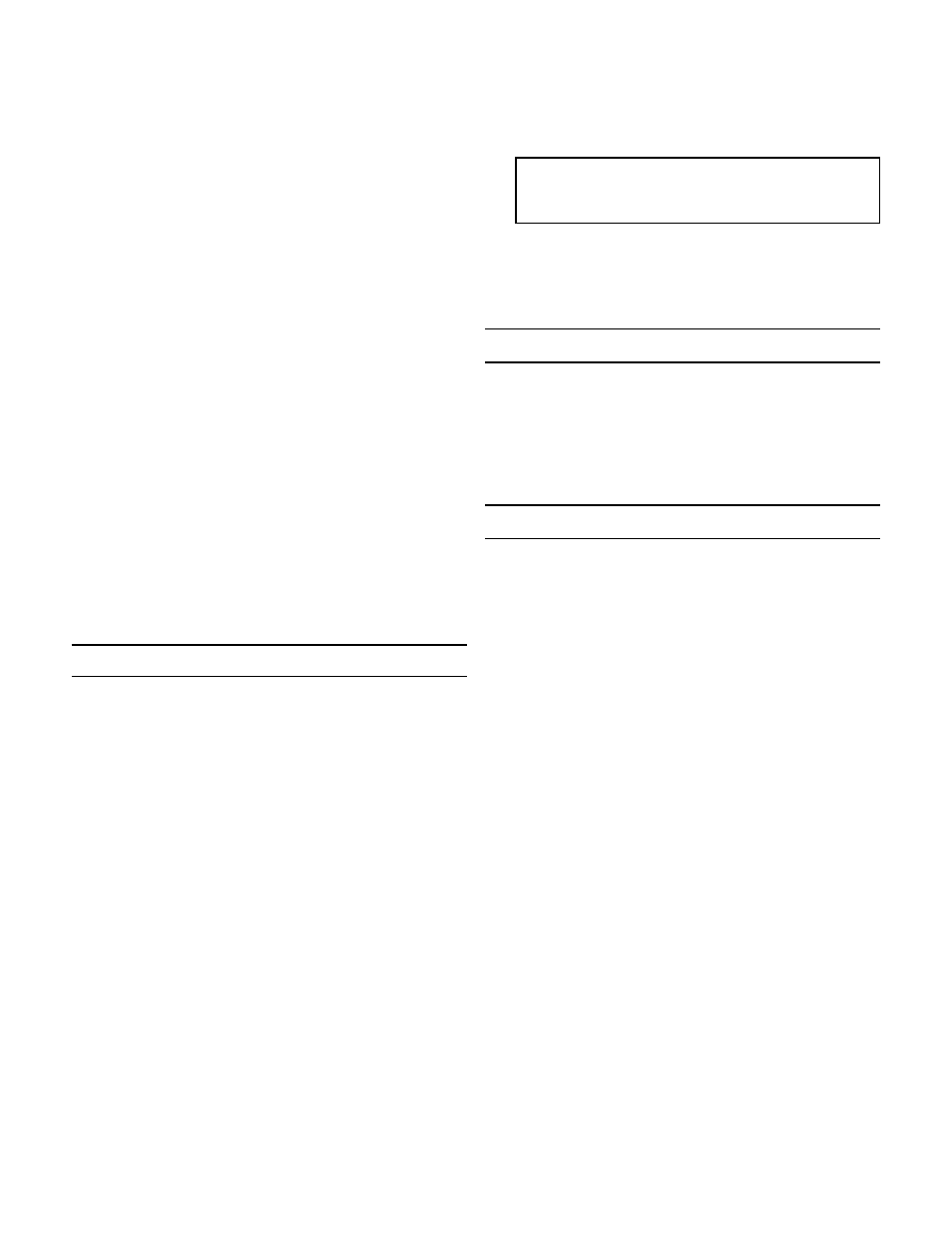Re-assembly, Testing, Troubleshooting – Marwin Valve 4700F Series Three Piece Ball Valve User Manual
Page 3

6.
Remove lower handle nut (12), Belleville spring
washers (10), gland ring (9) and packing (8).
7.
Push the stem (5) into the body (1). Remove o-ring
(16) and thrust washer (7) from stem.
B.
Inspection and Replacement
With the valve completely disassembled, clean and ex-
amine all components.
1.
The surface of the ball should be free from any de-
fect. If any are found, the ball should be replaced.
Using a defective ball will be extremely detrimental
to valve performance.
2.
Seats: Replacement of seats is recommended.
3.
Seals: Stem seals and body seals, including thrust
washer, should be discarded and replaced.
4.
Remaining components of the valve: After clean-
ing, carefully examine for wear, corrosion and
mechanical damage. Replace all defective parts.
5.
Clean inside of body and stem housing. Light
grease, compatible with line fluid, can be used on
ball, seals and stem surface.
Note: Recommended spare parts are indicated by an
asterisk on the part name in the exploded view at the
end of this manual. Please specify specific valve num-
ber to ensure proper parts are ordered. Marwin Valve
does not take responsibility for incorrectly ordered
spare parts.
Re-Assembly
A. Stem
1.
Replace thrust washer (7) and O-ring (16) on stem,
then insert the stem from inside of body.
2.
Install stem packing (8), gland ring (9), Belleville
spring washers (10), lower handle nut (14), and
tighten until snug, then one-half turn (See Bolt
Torque Table). To avoid rotation of stem, insert the
handle and ball. Install saddle lock washer (17) and
spacer ring (9B).
3.
Install the handle parts:
a. Sizes ½” – 2”: Install handle (11) and upper
handle nut (12). Then tighten.
b. Sizes 2½” – 4”: Slide handle adaptor (11) on
stem, push handle (21) through the handle
adaptor until the bolt holes line up, and install
and tighten handle bolt (22).
B. Ball, Seats and Seals
1.
Place the stem (5) in closed position and insert the
ball (4), aligning groove in ball with bottom of stem.
2.
Position the ball in the open position then insert a
seat centering ring (6) (sizes 2½” – 4” only), a seat
(3), body seal (6) and end cap (13) on each side of
body (1).
Note: for CV4700 control valves with V-port ball,
assemble ball so that small side of V-slot is opened
first as handle is rotated counter-clockwise.
3.
Handle tighten all bolts.
4.
Tighten bolts (15) to recommended toque values
using an alternating/opposing pattern with no more
than ¼ turn on each bolt before alternating.
Testing
1.
After completing the reassembly, check that valve
operates smoothly by opening and closing valve
several times.
2.
If entire valve was removed from line and if facili-
ties are available, test the ball valve to appropriate
specifications.
Troubleshooting
Stem Leakage - Leakage in the stem packing
area may be eliminated by adjusting the lower
stem (gland) nut. Remove handle parts (See Valve
Disassembly, A5). See Bolt Torque Table for stem
nut socket size and reference torque. Increase the
torque on the lower stem nut (12) in one-sixth turn
increments. Insure stem does not rotate while tight-
ening stem nut. If leakage persists, replace stem
O-ring (16) and packing (8).
Body Seal Leakage - Check the torque of the body
bolts (15) according to Torque Table. Replace body
seals (6) if leakage persists.
In Line or Seats Leakage - Check to be sure valve
is in fully closed position. If leakage persists, the
valve must be disassembled and damaged parts
replaced.
-3-